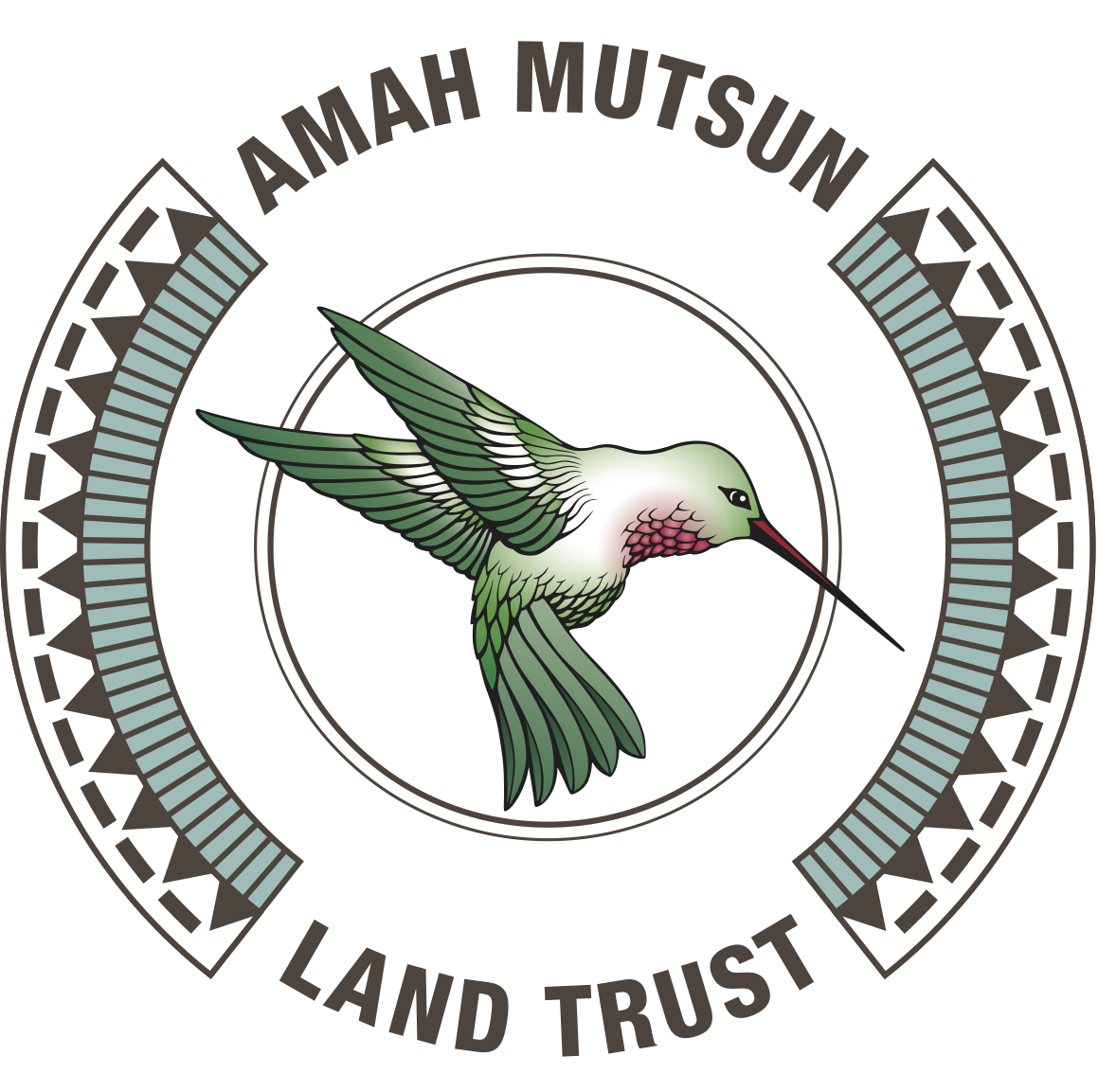Summer 2024 Newsletter
Letter from Chairman Lopez, AMLT Board President
Dear Friends,
When we were developing the Amah Mutsun Land Trust, we identified four goals. These goals are:
Conserve and protect sacred and cultural sites;
Research to restore the traditional indigenous knowledge of land stewardship and management and research to tell the true history of our Tribe;
Education, we wanted to share the knowledge we were gaining with our tribal members and with the public;
Develop a Native Stewardship Corps to restore traditional landscapes, learn and actively practice the traditional ways of our ancestors, and pass on the knowledge to future generations. This goal also included restoring sacredness to the land and taking care of all living things.
You will notice that land acquisition was not specifically listed as a goal of our land trust. We did, however, recognize that conserving and protecting sacred and cultural sites could include land acquisition. Land acquisition wasn’t directly spelled out because it is our belief and knowledge that we do not own the land, the land belongs to Creator. This remains true today. Our creation story tells us that Creator gave us the responsibility to take care of Mother Earth and all living things. It is for this reason our AMLT has always emphasized land stewardship over land acquisition.
Today we have a good number of signed agreements with National Parks, the Bureau of Land Management, California State Parks, and many other government and non-government organizations. These agreements allow us to have access for research, education, stewardship and land restoration. In the early years of our Land Trust we focused heavily on restoring traditional land stewardship knowledge. We learned from tribal elders, neighboring tribes, and studying the notes of Ascención Solórsano, a matriarch and our last traditional leader who passed away in 1930. We also worked with archaeologist, ethnobotanist, and restoration ecology experts to learn about sacred site protection, stewardship, and land management practices that went dormant due to three waves of of brutal colonization and forced assimilation.
The agreements also allow us to consult on the protection of cultural and sacred sites, to have access for ceremony and restoring relationships with the land and our non-human relatives. These agreements also allow us to have tribal gatherings, alone time for prayer, and at times, the harvesting of plant resources. Today these agreements allow us to have access to over 100,000 acres of land, and this is land that we have not had access to since the founding of the missions in the late 1700’s. We’re very happy with the agreements we have, but we also recognize their limitations. Most, if not all, agreements are for five years. Although we are very happy with the agreements, we worry that these agreements can be terminated at any time. This would mean that we would once again lose access to these traditional lands.
Another way AMLT accesses land in our ancestral territory is through Cultural Conservation Easements. The terms of the Easements are negotiated just as the terms of the other Agreements are negotiated by AMLT. What makes holding easements our preference over signed agreements is because easement rights are held in perpetuity. This means AMLT can never lose access to these lands as long as all easement agreement conditions are upheld.
Over the past five years or so there’s been a lot of talk about Land Back. Land Back is an indigenous led effort to have land returned to indigenous peoples. Our Tribe and Land Trust have participated in many meetings and talks on this topic. We have no doubt that over the coming years we will acquire land within our territory. Through our partnership with Trust for Public Land and our recent grant from the Tribal Nature Based Solutions grant program, AMLT is working hard to build the capacity of our land acquisition program. These acquisitions will be important to us because they will allow us to return to our traditional Tribal territory so we can return to the path of our ancestors and fulfill the obligation given to us by Creator.
One important part about Land Back that I’d like to include is that our obligation continues beyond the time when our ancestral territory is returned to us. We also are obligated by Creator to steward the land and continue to take care of Mother Earth and all living things. On acquired land, we would want to see important wildlife corridors restored and retained. We’d also like to see our Native Stewards continue to carry out Mutsun stewardship.
In addition to stewardship, we will use acquired land in our ancestral territory to connect to the ways of our ancestors. I’d like to share a few of my hopes for what we can do on that land. We hope to establish our native food sovereignty program. We hope to establish a Tribal Park where the public can visit to learn the history of our Tribe and learn how our ancestors took care of Mother Earth and all living things based on the knowledge our ancestors acquired over thousands of years. We hope that someday land acquisitions will allow our Tribe to acquire property for a Mutsun Museum, cultural and wellness center, and a location for Tribal offices as well as offices for our Land Trust. Finally, we hope that we can make it so our members can return home to their territory.
Saaremi – (with my prayers)
Valentin Lopez
Chair, Amah Mutsun Tribal Band
President, Amah Mutsun Land Trust
Read more about our recent grant from the Tribal Nature-Based Solutions program.
Read more about our partnership with the Trust for Public Land.
